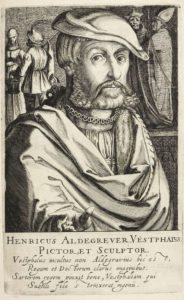
59. Heinrich Aldegrever
This Aldegrever is not an uneducated Westphalian. He was famous for images of kings and learned men. He painted well the tailor king,1 he who had bound Westphalia with the subtle thread of his genius. Continue Reading 59. Heinrich Aldegrever
View →
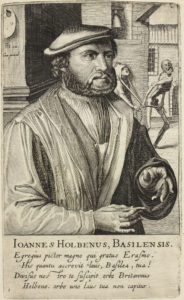
57. Hans Holbein
An exceptional painter, who was pleasing to great Erasmus. From this, Basel, how much does your praise grow! The Briton, separated from our world, received you, Holbein. Your praise is not contained by one world. Continue Reading 57. Hans Holbein
View →
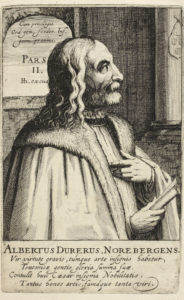
53. Albrecht Dürer
“He is considered to be a man grave in virtue and famous for his skill, the greatest glory of his Teutonic people. The emperor gave him the marks of nobility. So great was the honour [paid] to his skill, and so great the man’s fame.” Continue Reading 53. Albrecht Dürer
View →
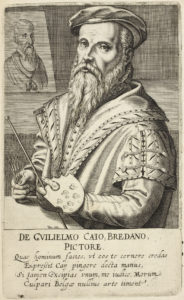
47. Willem Key
What faces of people the hand of Key, learned in painting, expressed, so that you could believe you were looking at them! – if however, you except one, Mor, in my opinion the Belgians do not fear to be found wanting because of anyone’s skill. Continue Reading 47. Willem Key
View →
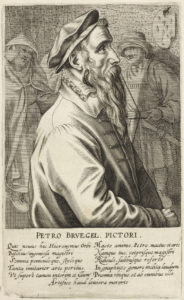
45. Pieter Bruegel
Who is this new Hieronymus Bosch for the world, versed in imitating the master’s ingenious dreams with such great skill of paintbrush and pen – so that sometimes he surpasses even him. Pieter, [you are] blessed in your spirit, as you are blessed in your skill, for in your own and your old master’s comic type of painting, full of wit, you deserve glorious rewards of praise, everywhere and from everyone, no less than those of any artist. Continue Reading 45. Pieter Bruegel
View →
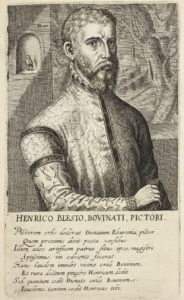
37. Henri Met de Bles
The Eburonian city had produced the painter of Dinant, the painter of whom the poet spoke in recent verses. The most favourable site of his homeland had made him entirely an artist, and a master hardly taught him. Tiny Bouviges was jealous of this its neighbour’s glory and produced Hendrik, learned in painting fields. But, Joachim, as much as tiny Bouviges yields to Dinant [in size], so much does Hendrik yield to you. Continue Reading 37. Henri Met de Bles
View →
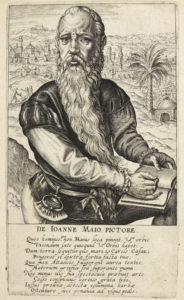
33. Jan Vermeyen
“What men, what places and what cities has Vermeyen not painted? –– and whatever the world, far and wide, has worth seeing – while he followed you on land and sea, Emperor Charles, to paint the mighty deeds of your hand. These soon shone in gold with Attalian embroidery, although the artist’s hand was greater than the material. Nor did he provide a sight less pleasing to you than his art – [he was] remarkable for his high forehead, [and] was ordered to show off the unhidden folds of his rich beard, hanging down to his feet.” Continue Reading 33. Jan Vermeyen
View →
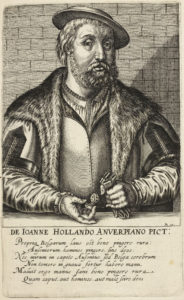
29. Jan van Amstel
The proper praise of Belgians is to paint fields well; that of Italians to paint men or gods. Nor is it surprising: not without reason is the Italian said to have his brain in his head, [while] the Belgian [has his] in his active hand. Jan’s hand, then, preferred to paint fields well, than for his head to know poorly either men or gods. Continue Reading 29. Jan van Amstel
View →
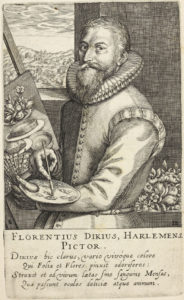
135. Floris van Dijck
Here is van Dijck, famous for his varied and lively colour, he who painted leaves and fragrant flowers. He also set up lifelike joyous tables without blood. These delights nourish the eyes and the mind. Continue Reading 135. Floris van Dijck
View →
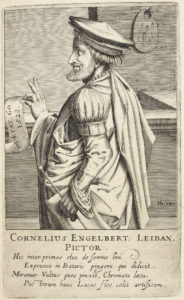
25. Cornelius Engebrechtsz
“This man was among the first of the Dutch who learnt to paint with pressed oily seed of flax. We wonder at the faces [and] joyful colours which he painted. Lucas, the flower of painters, frequented this artist.” Continue Reading 25. Cornelius Engebrechtsz
View →











